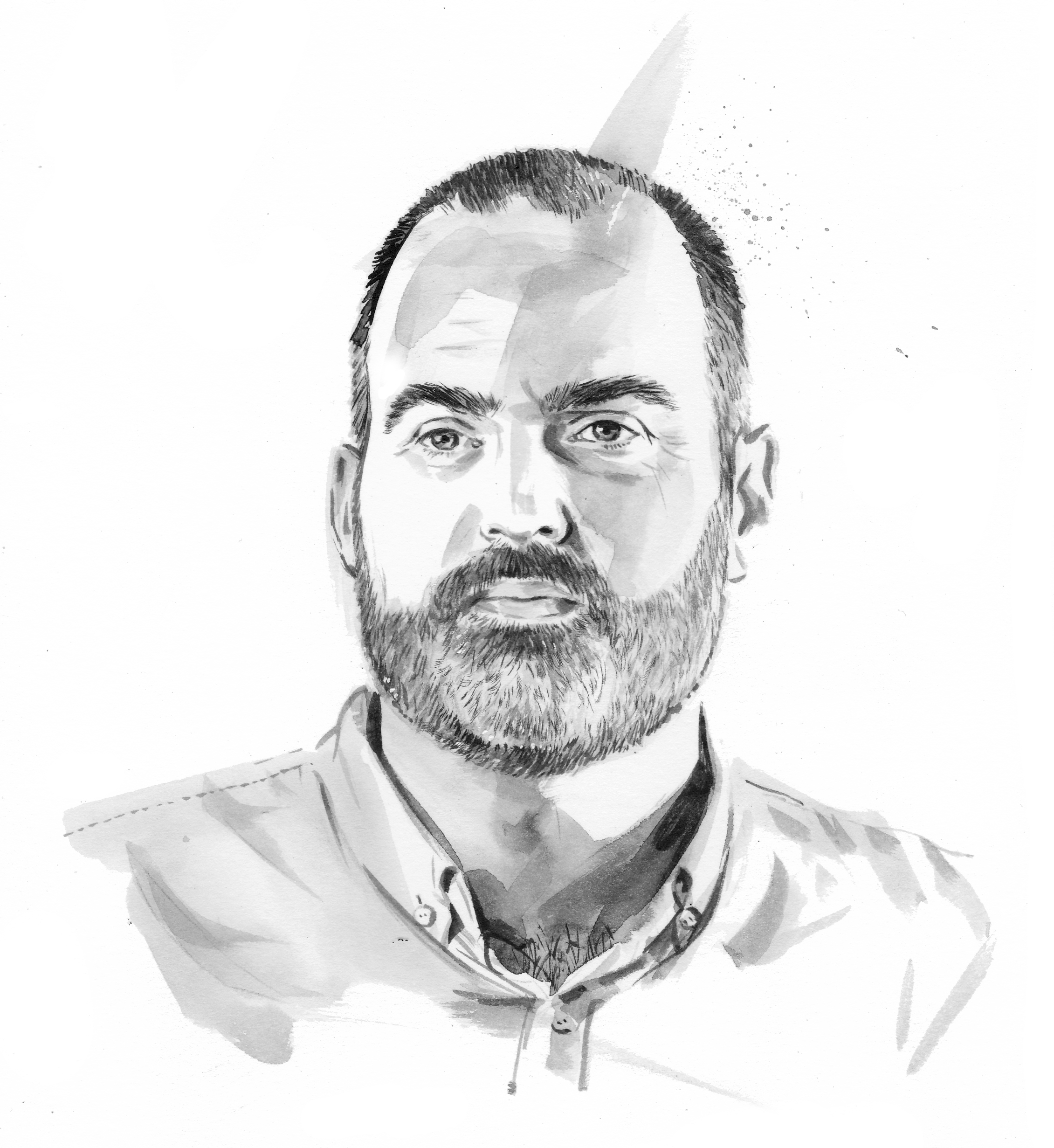Not so long ago, differentiation was established at the heart of classroom practice in England. It was part of the furniture. Few people questioned the importance of modifying teaching approaches to match the different needs of pupils. This was seen as an alternative to lazy, one-size-fits-all assumptions about how children learn.
However, over time, the term came to describe what for many felt like a stifling degree of personalisation. Teachers were guided to devise different tasks for different pupil groups, and critics argued that when deployed badly, these differentiated tasks led to low expectations, with struggling pupils being given easier work, making them fall further behind.
In 2021, the advent of the Department for Education’s new Early Career Framework (ECF) marked a death for differentiation. The term doesn’t feature in the framework. In its place is “adaptive teaching”, which the ECF defines as providing “opportunity for all pupils to experience success, by adapting lessons, whilst maintaining high expectations for all, so that all pupils have the opportunity to meet expectations”.
But is the new term simply old wine in new bottles?
Adaptive teaching actually has a more established heritage than some may assume. Back in 1986, Giyoo Hatano and Kayoko Inagaki defined “adaptive expertise” in the classroom. They distinguished “routine expert” teachers - who could follow teaching routines and who had good classroom habits - and compared them with “adaptive experts”, who had efficient routines and who made adaptive changes based on their pupils’ variable learning.
More by Alex Quigley:
The notion of adaptive teaching was then mobilised in influential education books in the 2000s, such as Preparing Teachers for a Changing World, edited by Linda Darling-Hammond and John Bransford. Researchers such as Lyn Corno also wrote compellingly about the small changes (or “microadaptations”) teachers make to ensure their pupils have access to the curriculum.
Adaptive teaching, then, offers a language for existing practices that were previously tricky to explain: flexible groupings, reteaching content for a struggling pupil and generally being responsive to pupils’ learning.
The term describes practices that have been around for some time. Nevertheless, there seems to be consensus that adaptive teaching is a positive step forward for inclusive teaching and learning.
But this is how differentiation was once viewed, too. So, how do we prevent adaptive teaching from meeting the same fate?
First, let’s ensure we all have a strong, shared definition. Too often, terms fall out of fashion because they are confused and misused. Consider how adaptive teaching could easily be mistaken for differentiation, responsive teaching or even formative assessment. We need to characterise what it looks like in the classroom, across phases and stages; sustained and effective professional development will be a prerequisite for adaptive teaching to stay the course.
We must also be wary of lethal mutations like those that contributed to differentiation’s decline. We need to ensure that there are no more lesson plans with a legion of disparate tasks for different pupils, no more demands for different coloured worksheets and no more capping pupils’ ability by relegating them to an easy activity.
With some of these supports established, there will be no need to mourn differentiation. Instead, we can get on with celebrating the establishment of adaptive teaching.
Alex Quigley is the national content and engagement manager at the Education Endowment Foundation. He is a former teacher and author of Closing the Writing Gap, published by Routledge






